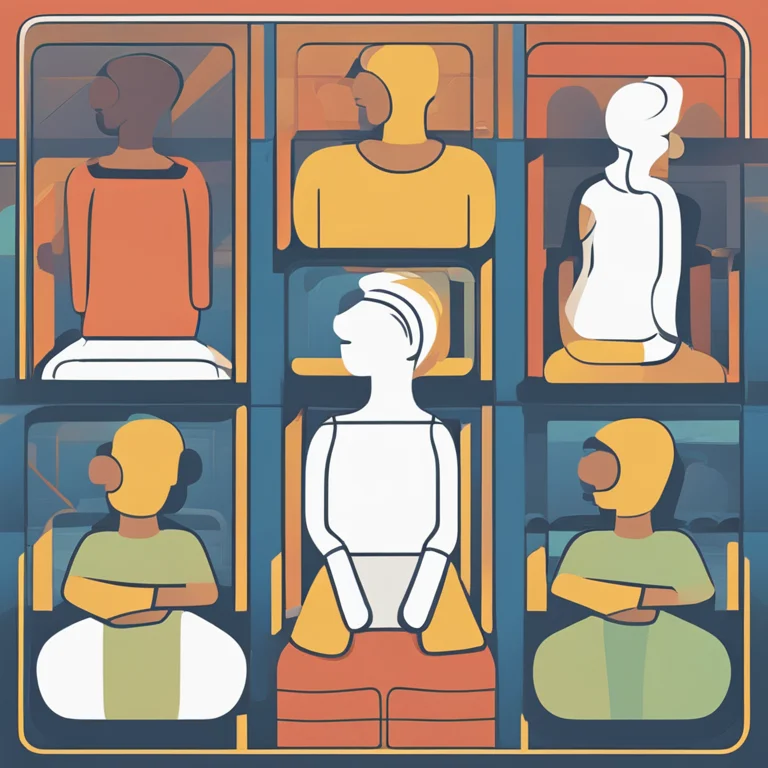
Mastering Meditation Breaths: A Guide to Serenity
Discover effective meditation breathing techniques to enhance your mindfulness practice and promote inner peace.
article by Hina Kurosawa
Introduction to Meditation Breathing
Breathing is an inherent part of meditation that grounds and centers the practitioner. In our fast-paced world, connecting with our breath provides a much-needed respite for both body and mind. Meditation breathing techniques, also known as pranayama in the tradition of yoga, have evolved over centuries. These techniques offer a pathway to deeper relaxation and heightened awareness. By engaging with these ancient practices, you can enrich your meditation experience and cultivate tranquility in your daily life even in the year 2024 and beyond, as we continue to uncover the synergistic relationship between breathwork and well-being.

The Essence of Diaphragmatic Breathing
The foundation of meditation breathing rests in diaphragmatic breathing, where the diaphragm muscles are actively engaged. This breathing method increases oxygen flow and conversely reduces the 'fight or flight' stress response. It is performed by inhaling deeply through the nose, allowing the lungs to fill as the belly expands, followed by a slow and controlled exhale through the mouth or nose. Mastering diaphragmatic breathing serves as the starting point for many other meditation breathing techniques, promoting a sense of calm and laying the groundwork for advanced practices.

Four-Square Breathing Technique
The Four-Square technique, also known as Box Breathing, is a powerful tool for mental clarity and focus. The method involves four simple steps: inhale, hold, exhale, and hold again; each for a count of four. This pattern aids in regulating the respiratory system and helps to maintain a rhythmic balance. It's particularly useful for those moments when stress levels rise, or concentration begins to wane. As we continue to appreciate mindfulness as a valuable skill for the future, techniques like four-square breathing will remain timeless in their efficacy.

Ujjayi Breath: The Oceanic Wave
Ujjayi Breathing, often associated with yoga and known for its soothing sound akin to ocean waves, is another prominent meditation technique. To practice Ujjayi, one constricts the back of the throat slightly while breathing in and out through the nose. This control creates a resonant sound and helps focus the mind, making it a particularly beneficial practice as we find more individuals turning to holistic well-being practices in the 2020s.

Utilizing Alternate Nostril Breathing
Nadi Shodhana, or alternate nostril breathing, is a method praised for its ability to balance the hemispheres of the brain and harmonize the body's energy channels. With one nostril closed, you breathe in and then alternate the closure to breathe out through the opposite nostril. This rhythmical exchange is repeated for several cycles. Its benefits include enhanced cardiovascular function and reduced anxiety, showcasing the continued relevance of traditional techniques in supporting modern health.
Breath Awareness: A Simple Practice
Sometimes the most straightforward approach can be the most transformative. Breath awareness, simply observing the natural inhalation and exhalation without trying to change the rhythm, fosters a deep connection with the present moment. This technique is at the core of mindfulness meditation, which, as of 2024, continues to gain scientific support for its range of mental and physical health benefits. Through regular practice, practitioners learn to witness their thoughts and emotions without judgment, leading to profound inner peace.
Published: 1/9/2024
Modified: 1/9/2024
More predictions
Come back here soon to learn more about yourself and your future


Serenity Through Meditation Retreats
Embark on a transformative journey at a meditation retreat to recharge, refocus, and reconnect with your inner self.


Retreat Into Serenity: A Guide to Meditation Getaways
Discover the transformative power of meditation retreats and how they can rejuvenate your mind, body, and soul.


The Harmony of Meditation and Sleep
Discover the synergistic benefits of meditation for enhancing sleep quality and overall well-being in this insightful article.